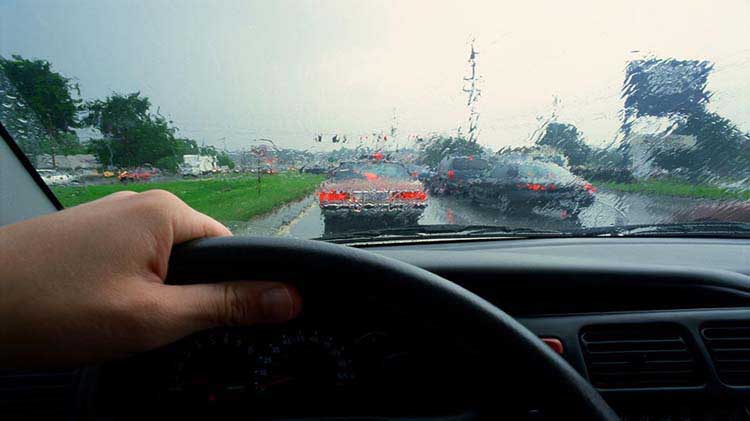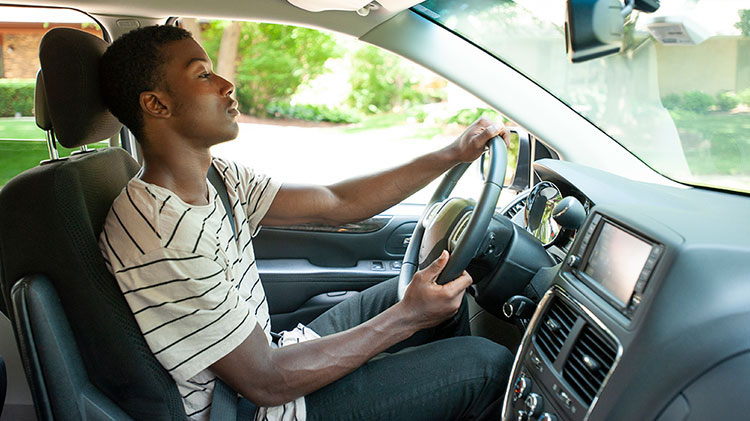Night driving and headlight glare
A dangerous aspect of night driving is the blinding glare from oncoming headlights. Discover tips to reduce headlight glare when driving at night.
According to the National Safety Council, night is the most dangerous time to drive. Night driving poses some challenges in visibility and also from blinding headlight glares from oncoming vehicles. Bright light from headlights reduces your visibility and increases the risk of an accident.
Tips for headlight glare
- Know what to do if blinded. Drivers can be affected by the oncoming glare of headlights as far as 3,000 feet away. If you feel you won't be able to see after a vehicle approaching you has passed, slow down and try not to look directly at those headlights. If blinded by oncoming headlights while driving at night, look to the right side of the road. You will be able to see other vehicles with your peripheral vision.
- Use reflecting tape on your vehicle. Bright color and high contrast make objects visible at night. That's why it's a good idea to have some reflecting tape somewhere on your vehicle, especially if the vehicle is a dark color.
- Align headlights. The alignment of headlights is important to aid visibility and to be effective. Tests can be performed by a qualified mechanic to see if the lights on your vehicle are aligned properly.
- Keep headlights clean. As much as half of a headlight's total output can be absorbed by dirt on the light's surface. Keeping headlights clean is especially important in winter, when they're frequently covered with road dirt, snow and encrusted with salt.
- Keep a clean windshield when driving day or night. Streaks and smears on windshields can produce extremely disorienting kaleidoscopic effects when lights shine on them at night. Make sure your windshield washers work, that your windshield wiper blades are clean and not old and worn out and that the windshield wiper fluid container is kept filled.
- Be cautious when turning. Headlights only allow you to see where the vehicle is pointing. Some newer vehicles come with adaptive headlights. These headlights turn the direction of your tires with the steering wheel and allow you to see more of where you are going around a turn.
Additional tips for night driving
- Keep your eyes moving and scan the area. Don't just focus on the middle of the lighted area in front of you and continually scan the area for oncoming lights and vehicles. Be aware of hilltops, curves and intersections. In areas with many distracting neon signs or brightly lit buildings, try to concentrate on street-level activities.
- Know when to dim your high beams to oncoming traffic. Use high beams when possible and switch to low beams when following another vehicle or encountering oncoming vehicles. High beams let you see about 350-500 feet ahead but can also blind oncoming drivers. A rule of thumb is to dim lights when you are within 500 feet of oncoming traffic. Flashing your lights to let an oncoming car know it has high beams on is typically acceptable, however the laws do vary by state.
- Avoid drowsy driving. Drowsy driving may result in slow reaction times and impaired judgment. Get a good night's sleep, take breaks, pull over and take a nap and avoid drivers who are swerving or drifting.
Discover more safe driving tips and vehicle maintenance tips from State Farm®.




